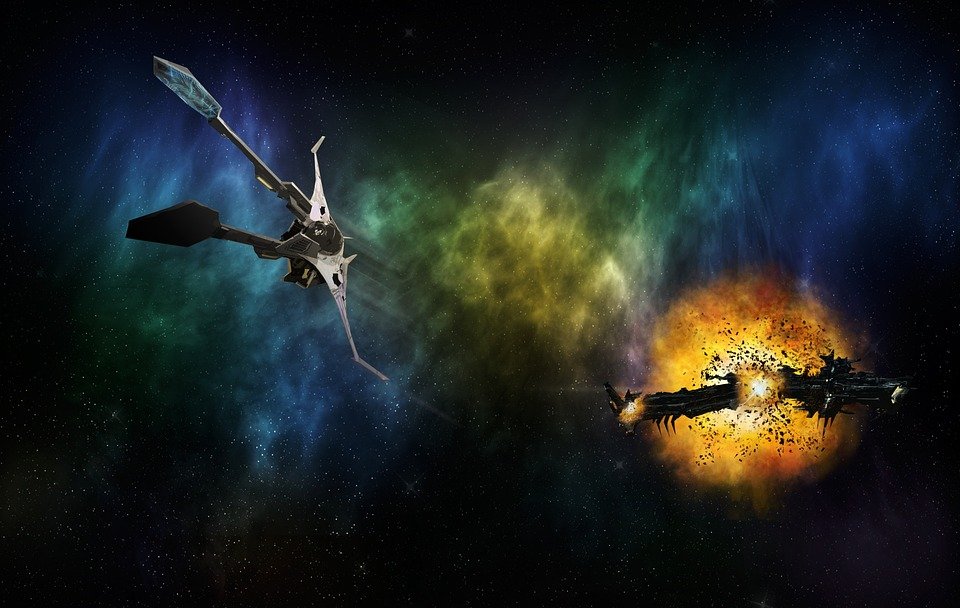Polygon NFT Collecting: The Next Big Thing in Digital Art Investments
Introduction
Digital art has seen a surge in popularity over the past few years, with non-fungible tokens (NFTs) taking center stage as a new way of owning and trading digital assets. While Ethereum has been the dominant blockchain for NFTs, a new player has emerged in the form of Polygon. In this article, we will explore the rising trend of Polygon NFT collecting and why it is considered the next big thing in digital art investments.
What is Polygon?
Polygon, formerly known as MATIC Network, is a Layer 2 scaling solution for Ethereum, designed to enhance its capabilities and overcome its limitations. It aims to provide faster and cheaper transactions while maintaining the security and decentralization of the Ethereum network. Polygon achieves this by creating sidechains that are connected to Ethereum, allowing users to interact with smart contracts and transfer assets more efficiently.
Polygon NFTs – The Advantages
Collecting NFTs on the Polygon network offers several advantages over traditional Ethereum-based NFTs:
- Lower Transaction Fees: Ethereum gas fees have been a major barrier for many artists and collectors, making it impractical for smaller transactions. Polygon significantly reduces these fees, making it more accessible for artists to mint and sell their work, and for collectors to purchase and trade NFTs.
- Increased Scalability: Ethereum’s scalability issues have been a bottleneck for NFT adoption. Polygon’s Layer 2 solution allows for faster and more efficient transactions, enabling a larger number of NFTs to be minted and traded without congesting the Ethereum network.
- Interoperability: Polygon is compatible with Ethereum, meaning that Ethereum-based NFTs can be easily bridged to the Polygon network. This opens up a whole new market for collectors, who can explore and invest in a wide range of NFTs without leaving the Polygon ecosystem.
Why Polygon NFTs are the Next Big Thing in Digital Art Investments
Here are some key reasons why Polygon NFTs are gaining traction as the next big thing in digital art investments:
- Accessibility: The lower transaction fees and increased scalability of the Polygon network make it more accessible for both artists and collectors. Artists can mint their work at a fraction of the cost compared to Ethereum, while collectors can invest in NFTs without worrying about exorbitant gas fees.
- Diverse Artistic community: Polygon has attracted a vibrant and diverse artistic community, with artists from various backgrounds and styles showcasing their work. This diversity offers collectors a wider range of artistic choices, increasing the potential for finding unique and valuable NFTs.
- Early Mover Advantage: As Polygon gains more attention and adoption, being an early mover in the Polygon NFT market could provide significant advantages. Collectors who identify promising artists and acquire their NFTs early on may benefit from potential price appreciation as the Polygon ecosystem continues to grow.
- Ecosystem Growth: Polygon’s expanding ecosystem includes various decentralized applications (dApps) and marketplaces that cater specifically to Polygon NFTs. These platforms provide a seamless experience for collectors to discover, purchase, and trade NFTs, fostering a thriving marketplace for digital art investments.
FAQs (Frequently Asked Questions)
Q: How can I get started with Polygon NFT collecting?
A: To start collecting Polygon NFTs, you will need a cryptocurrency wallet that supports the Polygon network, such as Metamask. Once you have set up your wallet, you can explore Polygon-based marketplaces like Opensea or Rarible to discover and purchase NFTs.
Q: Are Polygon NFTs compatible with Ethereum wallets?
A: Yes, Polygon NFTs are compatible with Ethereum wallets. You can easily bridge your Ethereum-based NFTs to the Polygon network using bridging solutions like the Polygon Bridge, allowing you to manage your NFTs from your existing Ethereum wallet.
Q: Are Polygon NFTs as valuable as Ethereum-based NFTs?
A: The value of a Polygon NFT depends on various factors, including the artist’s reputation, the rarity of the artwork, and the demand within the Polygon community. While Ethereum-based NFTs have dominated the market thus far, Polygon NFTs are gaining traction and have the potential to become equally valuable.
Q: What are the risks associated with Polygon NFT collecting?
A: As with any investment, there are risks involved in Polygon NFT collecting. Market volatility, potential scams, and the uncertainty of the emerging market are factors to consider. It is essential to do thorough research, verify the authenticity of the artwork, and be cautious when engaging in transactions.
Q: Can I sell my Polygon NFTs for a profit?
A: Yes, you can sell your Polygon NFTs on various marketplaces that support Polygon. If the demand for the artwork increases or if you hold a rare and sought-after NFT, you may be able to sell it for a profit. However, it is important to remember that the value of NFTs can fluctuate, and there are no guarantees of profits.
Conclusion
Polygon NFT collecting is emerging as the next big thing in digital art investments. With lower transaction fees, increased scalability, and a growing artistic community, Polygon offers an attractive alternative to Ethereum-based NFTs. As the Polygon ecosystem continues to expand, collectors have the opportunity to explore a diverse range of digital artworks and potentially benefit from early mover advantages. However, it is important to approach Polygon NFT collecting with caution, conducting thorough research and understanding the risks involved. As with any investment, careful consideration and a long-term perspective are key to success in the exciting world of Polygon NFT collecting.

